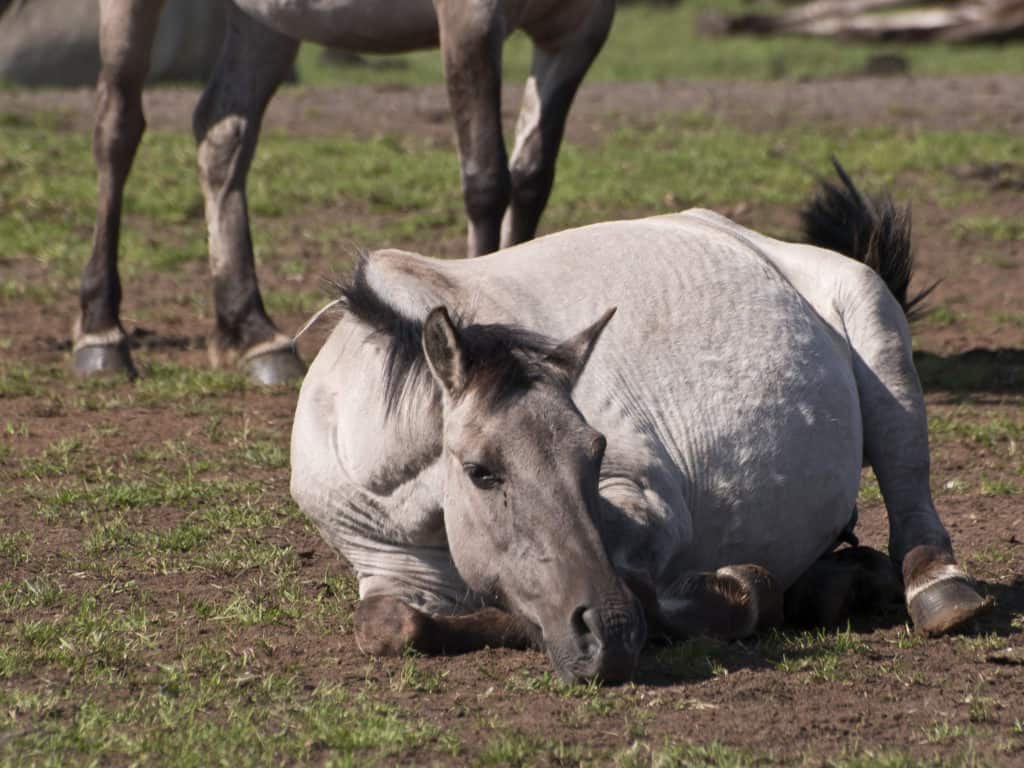
How Coat Color and Genetics Influence Equine Behavior
What genes and coat colors are more likely to result in a spooky or reactive horse? Experts explain what we know about equine genetics and behavior.
How to care for the basic health needs of horses

What genes and coat colors are more likely to result in a spooky or reactive horse? Experts explain what we know about equine genetics and behavior.

Horse show environments can put sport horses at risk for developing skin problems. Learn what causes common skin issues and how to return horses to top form.

Learn how these injuries happen, how veterinarians treat them, and tips for preventing them in the first place.

Taking these steps might help protect your mare and her foal.

Equine behaviorists apply a scientific lens and an analytic approach to solving behavior problems.

One expert explains why horses typically experience back pain and how veterinarians can treat and prevent it.

Scott Anderson, DVM, explains how shock wave therapy can help a suspensory ligament injury heal quickly and successfully.

No other animal walks on a single digit, or toe, making the equine hoof an exceptional piece of anatomy. Learn more about the inner workings of your horse’s hooves.

An equine nutritionist answers common questions about beet pulp, which has long been a mainstay in many feed rooms for horses, especially during the winter months.

Cold weather affects older horses more than it does their younger companions. Learn how to keep your senior comfortable and healthy during cold weather.

Can you see the signs of stress? Equine behavior experts share what to look for in your horse.

Soft tissue injuries can occur in any horse. Learn about the injury cascade and how to help horses on the road to recovery.

Two veterinarians passionate about hoof care share tips for identifying and dealing with hoof stressors they encounter most frequently.

Learn how to detect and manage this insidious hoof infection.

Decipher fact vs. fiction when it comes to the complicated world of feeding horses.

Equine practitioners explain how they use orthobiologics to treat common causes of equine lameness.
Stay on top of the most recent Horse Health news with
"*" indicates required fields